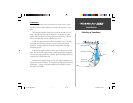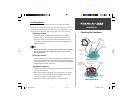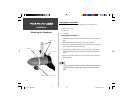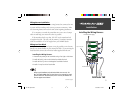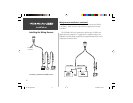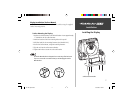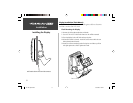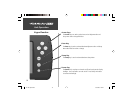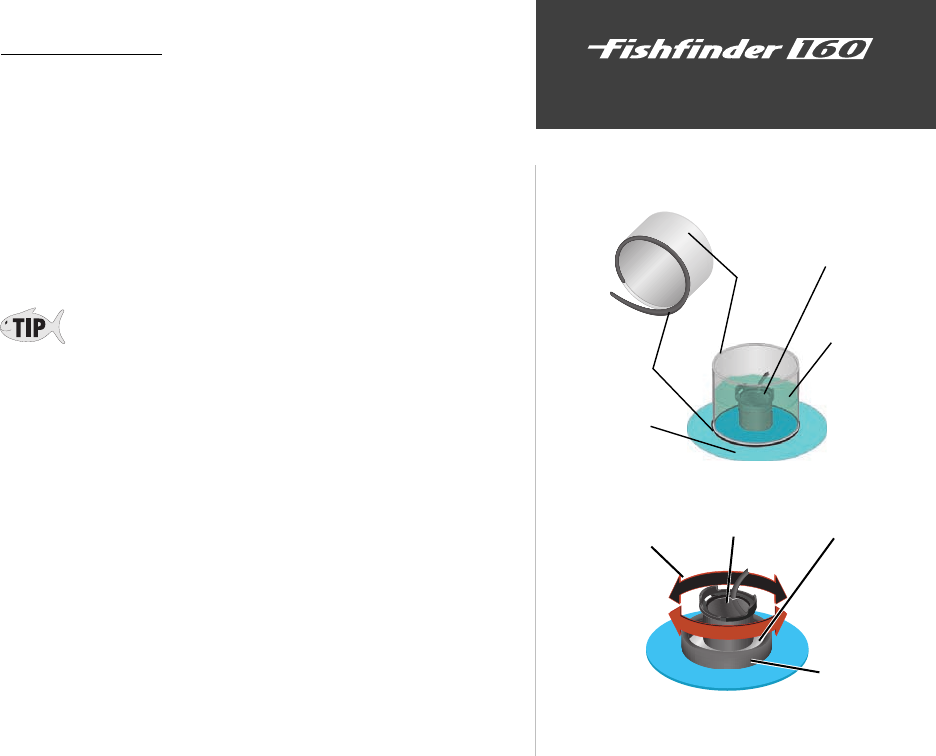
3
Installation
Mounting the Transducer
In-hull Installation
The 010-10224-00 transducer is designed to be mounted inside a
fiberglass hull. The standard plastic transom mount transducer can also be
mounted in this fashion using this method. If using a temperature sensing
transducer, the temperature displayed will reflect the hull temperature.
Selecting a Location
The location has to be solid fi berglass, devoid of any air bubbles,
laminates, fi llers or dead air space. The location needs to be in an
area of clean water at all speeds. Do not place the transducer over
any strakes or behind any obstruction on the hull that would create
turbulence at speed.
Many modern hulls have a prelocated pocket for In-hull transducer installation.
If you are unsure if your hull is equipped with a prelocated pocket, contact
your hull manufacturer.
Testing the Location
Place the transducer in the water, pointed directly at the bottom and set
unit for optimum performance. Place the transducer in the test device as
show on the side bar. If the sonar performance is signifi cantly degraded,
another location will need to be tested.
Installing the Transducer
1. Lightly sand the surface of the hull and face of the transducer with 400
grit wet or dry sandpaper.
2. Build a dam using strip caulk about 1/4” tall. Pour about 1/8” of two
part, slow cure epoxy in the dam. Place the transducer in the epoxy,
turning the transducer to work out any air bubbles.
3. Weight the transducer in place and allow to cure for 24 hours.
Strip Caulk or
RTV Sealer
Slow cure two
part epoxy
Apply twisting motion
to eliminate any
trapped air bubbles
Weight transducer in place
for at least 24 hours
Testing the Location
PVC Pipe
or a Can
Strip Caulk or
RTV Sealer
Hull Surface
Weight
transducer to
hold it in place
Installing the Transducer
Fill Pipe or Can
with water or a
light mineral oil
FF 160 update.indd 10/19/00, 2:17 PM3









